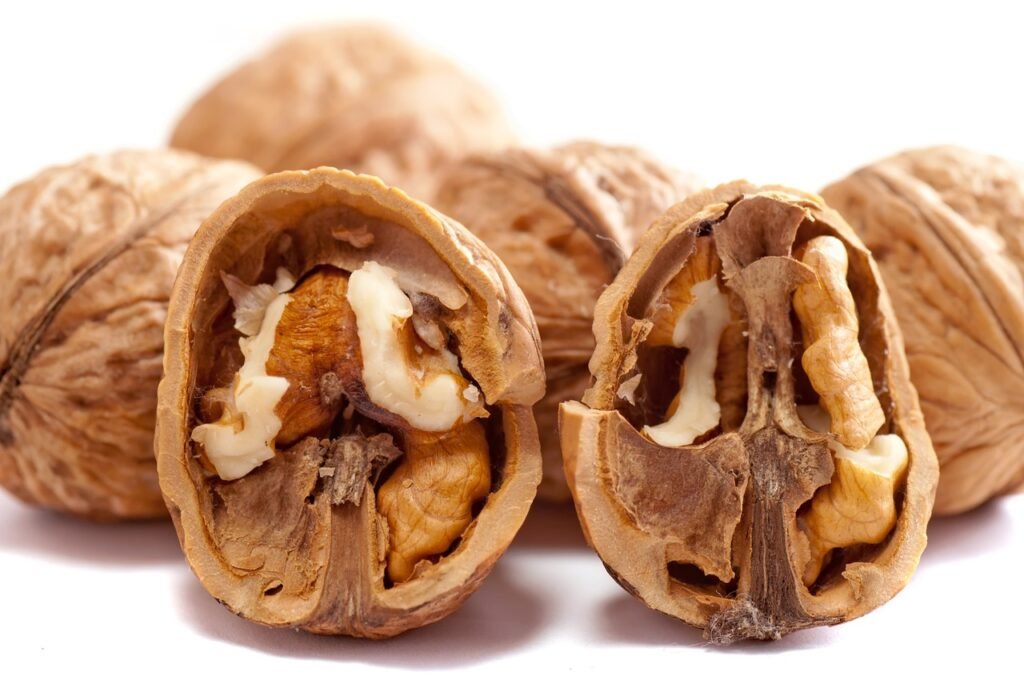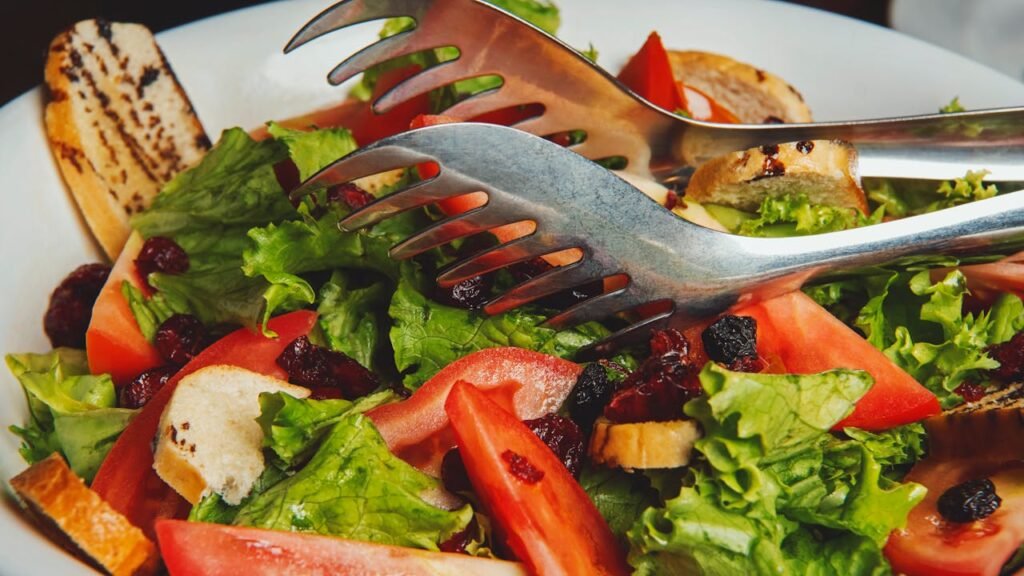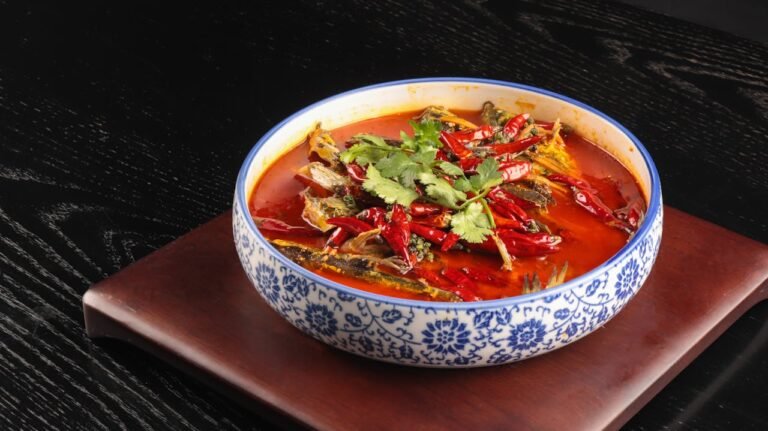The Whole30 and Paleo diets are both popular eating plans that emphasize whole, unprocessed foods. While they share similarities, such as excluding grains, legumes, and processed sugars, they differ in their structure, purpose, and approach to food reintroduction and lifestyle. This guide will compare Whole30 and Paleo in detail, covering their origins, food rules, health benefits, potential drawbacks, and tips for deciding which one may be right for you.
Table of Contents
- What is the Whole30 Diet?
- Origins of Whole30
- Core Principles and Rules
- What is the Paleo Diet?
- Origins of Paleo
- Core Principles and Rules
- Whole30 vs. Paleo: Key Differences
- Duration and Structure
- Approach to Food Reintroduction
- Allowed Foods and Flexibility
- Health Benefits of Whole30
- Resetting Food Habits
- Reducing Inflammation
- Improved Digestive Health
- Health Benefits of Paleo
- Sustainable Weight Loss
- Blood Sugar Control
- Long-Term Nutritional Focus
- Potential Drawbacks of Each Diet
- Whole30 Challenges
- Paleo Challenges
- Which Diet is Better for Specific Goals?
- Weight Loss
- Digestive Health
- Long-Term Health and Lifestyle
- How to Choose Between Whole30 and Paleo
- Assessing Your Health Goals
- Determining Your Dietary Needs and Preferences
- Understanding Your Long-Term Commitment
- Conclusion: Whole30 vs. Paleo – Which Diet is Right for You?
1. What is the Whole30 Diet?

Origins of Whole30
The Whole30 diet was created in 2009 by Melissa Hartwig and Dallas Hartwig. It’s designed as a 30-day dietary reset to eliminate potentially inflammatory foods and help individuals identify their body’s response to different foods. Whole30 is known for its strict approach, as participants must avoid specific food groups completely for 30 days.
Core Principles and Rules
The Whole30 diet has a clear set of rules for the 30-day period, during which you must eliminate:
- Sugar: Including honey, maple syrup, agave, and artificial sweeteners.
- Grains: Wheat, rice, oats, corn, quinoa, and other grain-based products.
- Legumes: Beans, lentils, soy, and peanuts.
- Dairy: All dairy products, including cheese, milk, and yogurt.
- Alcohol: Even in small amounts.
- Certain Additives: Carrageenan, MSG, and sulfites.
Whole30 also has a “no cheating” rule—if you slip up, you’re encouraged to start the 30-day period over again. After 30 days, Whole30 recommends a reintroduction phase to systematically add back eliminated foods and observe their effects.
2. What is the Paleo Diet?
Origins of Paleo
The Paleo diet, often called the “caveman diet,” is inspired by the dietary habits of our Paleolithic ancestors. The concept was popularized by Dr. Loren Cordain in the early 2000s and is based on the idea that modern humans should eat like early humans did—focusing on natural, whole foods that would have been available before the advent of agriculture.
Core Principles and Rules
The Paleo diet emphasizes whole, nutrient-dense foods, focusing on lean meats, fish, vegetables, fruits, nuts, and seeds. It eliminates modern foods thought to contribute to health problems, such as:
- Grains: Wheat, rice, oats, corn, and barley.
- Legumes: Beans, lentils, soy, and peanuts.
- Dairy: Milk, cheese, yogurt, and cream.
- Processed Foods: Sugary snacks, sodas, and packaged foods with preservatives.
- Refined Sugar and Processed Oils: Processed oils and sweeteners are excluded.
Unlike Whole30, Paleo does not have a strict time limit, so it can be followed as a long-term lifestyle.
3. Whole30 vs. Paleo: Key Differences

Duration and Structure
- Whole30: A strict, 30-day program designed to eliminate and reset eating habits, followed by a reintroduction phase.
- Paleo: A flexible lifestyle approach without a time limit, often adopted as a long-term eating pattern.
Approach to Food Reintroduction
- Whole30: After the 30-day period, participants reintroduce foods one at a time to observe how each affects their body. This helps identify potential food sensitivities.
- Paleo: Does not have a formal reintroduction phase. Once foods are eliminated, they are generally avoided in the long term, although some people may choose to incorporate small amounts of restricted foods based on individual tolerance.
Allowed Foods and Flexibility
- Whole30: Has strict guidelines and zero tolerance for processed foods, added sugars, or “Paleo-fied” treats (e.g., Paleo desserts).
- Paleo: More flexible and allows occasional treats, including Paleo desserts and natural sweeteners like honey or maple syrup.
4. Health Benefits of Whole30
Resetting Food Habits
Whole30 encourages participants to focus on whole, unprocessed foods, helping break habits of consuming sugary snacks, processed foods, and refined carbohydrates. By eliminating these foods, many participants experience reduced cravings.
Reducing Inflammation
Whole30 removes foods that are common sources of inflammation, like processed sugars, refined oils, and certain grains. Many people report reduced joint pain, clearer skin, and better digestion as inflammation decreases.
Improved Digestive Health
With Whole30’s emphasis on gut-friendly foods and avoidance of dairy, grains, and legumes (which can cause bloating or digestive issues for some people), many experience improved digestion and reduced gastrointestinal symptoms.
5. Health Benefits of Paleo
Sustainable Weight Loss
The Paleo diet’s focus on nutrient-dense, whole foods naturally reduces calorie intake and increases satiety, promoting sustainable weight loss over time without calorie counting.
Blood Sugar Control
The Paleo diet excludes refined sugars and processed grains, helping to stabilize blood sugar levels. By relying on complex carbohydrates from vegetables and fruits, Paleo can be beneficial for people with insulin resistance or type 2 diabetes.
Long-Term Nutritional Focus
Paleo emphasizes a balanced intake of lean proteins, healthy fats, and fiber-rich fruits and vegetables, which provide essential vitamins, minerals, and antioxidants. These nutrients support long-term health, energy levels, and disease prevention.
6. Potential Drawbacks of Each Diet

Whole30 Challenges
- Restrictive Rules: Whole30’s strict elimination guidelines can feel overwhelming and challenging, especially for those new to restrictive eating.
- Social Limitations: The rigid structure of Whole30 can make it difficult to dine out or attend social gatherings, where it may be hard to find compliant foods.
- Short-Term Focus: While Whole30 is beneficial as a reset, it is not designed to be a long-term eating plan. After the 30-day period, some people struggle to maintain healthy habits.
Paleo Challenges
- Food Restrictions: Avoiding grains, legumes, and dairy can make the Paleo diet feel restrictive, especially for those accustomed to a more varied diet.
- Cost of Paleo Foods: Emphasizing grass-fed meats, organic vegetables, and unprocessed foods can make Paleo expensive and less accessible for some.
- Potential Nutrient Deficiencies: Without dairy and legumes, some people may miss out on certain nutrients, such as calcium and fiber. This may require careful planning or supplementation.
7. Which Diet is Better for Specific Goals?
Weight Loss
Both Whole30 and Paleo can support weight loss, though they do so in different ways. Whole30 can lead to rapid initial weight loss by eliminating high-calorie, processed foods for 30 days. Paleo, on the other hand, supports sustainable weight loss by encouraging long-term lifestyle changes and whole-food choices.
Digestive Health
Whole30’s emphasis on eliminating potential allergens and irritants like dairy, grains, and legumes can benefit those with digestive issues or food sensitivities. Paleo can also support digestive health by focusing on fiber-rich fruits, vegetables, and whole foods, though it may lack the elimination aspect of Whole30’s reset.
Long-Term Health and Lifestyle
For a lifestyle approach, Paleo may be more suitable, as it is designed to be a sustainable, long-term eating pattern. Whole30 is often seen as a short-term reset and not intended for extended use, though some choose to repeat the 30-day cycle periodically.
8. How to Choose Between Whole30 and Paleo

Assessing Your Health Goals
- Weight Loss or Sugar Detox: If your goal is short-term weight loss, a sugar detox, or resetting unhealthy eating habits, Whole30 may be more effective.
- Long-Term Health and Wellness: If you’re looking for a sustainable, health-focused eating pattern, Paleo may better support these goals.
Determining Your Dietary Needs and Preferences
- Sensitivity to Specific Foods: Whole30’s strict elimination can help you identify food sensitivities. If you suspect food intolerances, Whole30’s approach may be beneficial.
- Preference for Flexibility: Paleo allows for more flexibility and can include small amounts of natural sweeteners, “Paleo-fied” treats, and less restrictive guidelines.
Understanding Your Long-Term Commitment
Whole30’s 30-day reset is ideal for people seeking a short-term commitment, while Paleo’s flexibility and gradual approach may work better for those looking to make lasting dietary changes.
9. Conclusion: Whole30 vs. Paleo – Which Diet is Right for You?
Choosing between Whole30 and Paleo depends on your individual goals, dietary preferences, and lifestyle needs. Whole30 is a short-term, strict program ideal for individuals looking to reset their diet, eliminate potential allergens, and identify food sensitivities. Paleo, on the other hand, is a flexible, sustainable approach to long-term health that emphasizes whole foods and nutrient density.
If you’re looking for a kickstart or a structured 30-day challenge, Whole30 may be the perfect option. For those interested in creating a lasting lifestyle with a balanced diet that supports overall health, Paleo might be more suitable. Both diets encourage eating whole, unprocessed foods and can support weight loss, improved digestion, and better overall health when tailored to meet your individual needs.


